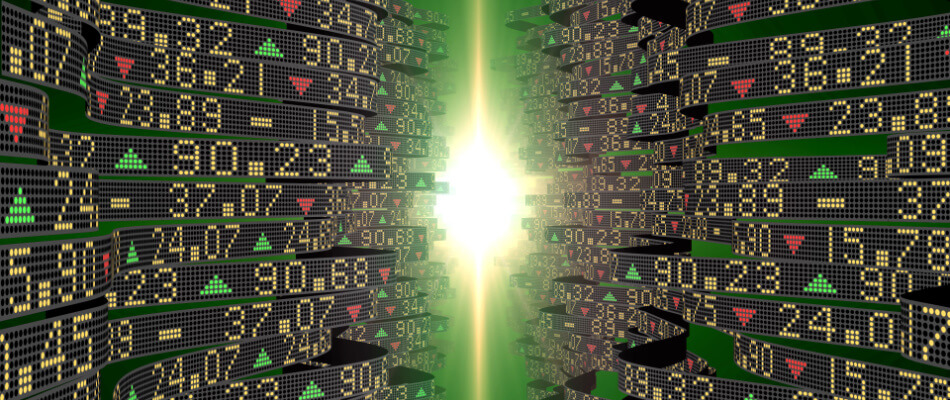What exactly is a bond?
Originally, a bond was a certificate stating that a certain entrepreneur or government agency had a debt of a certain amount to an investor. In return for lending that money, an attractive interest rate was offered. That fact was also stated on that security. In essence, nothing has changed in that system today, only the old familiar paper has now made way for a digital variant.
At first glance, bonds seem like very attractive investment products. After all, you are paid a predetermined interest rate periodically and if you choose bonds with a short term, you can also get your loaned money back in a relatively short time. In short, an easy way to earn money… Or not?
It is certainly not self-evident that all bonds have exactly the same conditions. So it is really a matter of being careful before you send a purchase transaction to your bank or financial intermediary. For example, bonds are also put on the market that only pay interest if the company to which you have lent your money manages to achieve a certain profit. This ultimately amounts to a compensation method that is practically the same as dividends on shares. If you find something like that attractive, then actually investing in shares is a lot more interesting for you.
An important advantage of a bond is that you get back 100 percent of its nominal value at the end of the term. So even if the stock market value of such a bond has fallen below that nominal value during the term.
You can also consider buying bonds as a way of saving. Especially at times when the economic wind is in your favour, you will not only benefit from an often attractive periodic interest rate, but your bond may also yield an interesting price gain over time.
Is investing in bonds safe?
There are risks associated with any form of investment, including investing in bonds. If you own corporate bonds , there is a chance that the company will go bankrupt during the term of the bond . In that case, you will not get your loaned money back. Government bonds, on the other hand, are a safer option, especially if the country to which you are lending your money has a strong credit rating. On the other hand, this type of safer government bonds also yield you a lower interest rate due to the reduced risk. Although it does not happen very often, for the sake of completeness we would like to inform you that countries can also eventually go bankrupt. And in such cases, you can also kiss your loaned euros goodbye.
However, if we compare all the different available investment options, it is clear that investing in bonds will generally entail the least risk for you.
Valuation of bonds
The creditworthiness of a company or government plays a key role in the world of bonds. The higher the creditworthiness, the less risk the investor runs. Determining creditworthiness is certainly not a matter of random guesswork. Serious financial research is carried out by renowned world-famous rating agencies, such as Moody’s, Fitch and Standard & Poors. The qualifications they issue are indicated in letters and range from AAA (the highest possible creditworthiness) to D (stopped paying). A company or government with a low rating will have to link a considerably higher interest rate to its bonds to be issued in order to make them attractive to investors. After all, the risk that the nominal value of the bond cannot ultimately be repaid is higher and therefore a higher insurance premium in the form of a higher periodic interest rate is also appropriate.

Government bonds are the safest
We have already indicated that bonds issued by governments are generally the safest. Governments have the ability to print money themselves. They can also decide to levy additional taxes to supplement any deficits that arise. Dutch bonds have an AAA rating and are therefore considered extremely safe by experts. The disadvantage of current Dutch bonds, however, is that the interest on them is currently practically 0 percent. Investors looking for certainty will not find this to be such a big problem, since the stability of these bonds prevents major investment losses from occurring in their investment portfolio. They therefore mainly see this method as a safe way to (temporarily) park their money.
Compare brokers and start investing in bonds
Are you excited about investing in bonds after reading this article? Check out brokers that offer bonds and find the broker that suits you best!